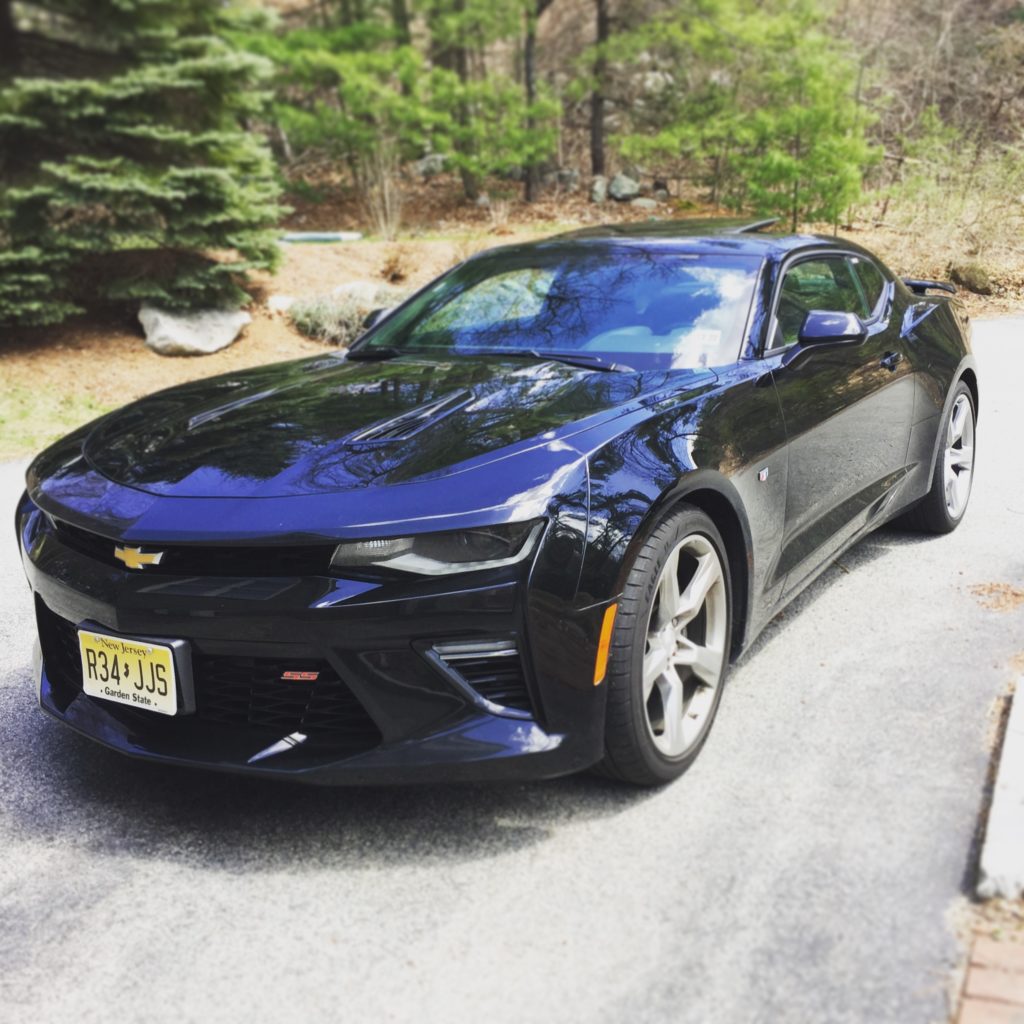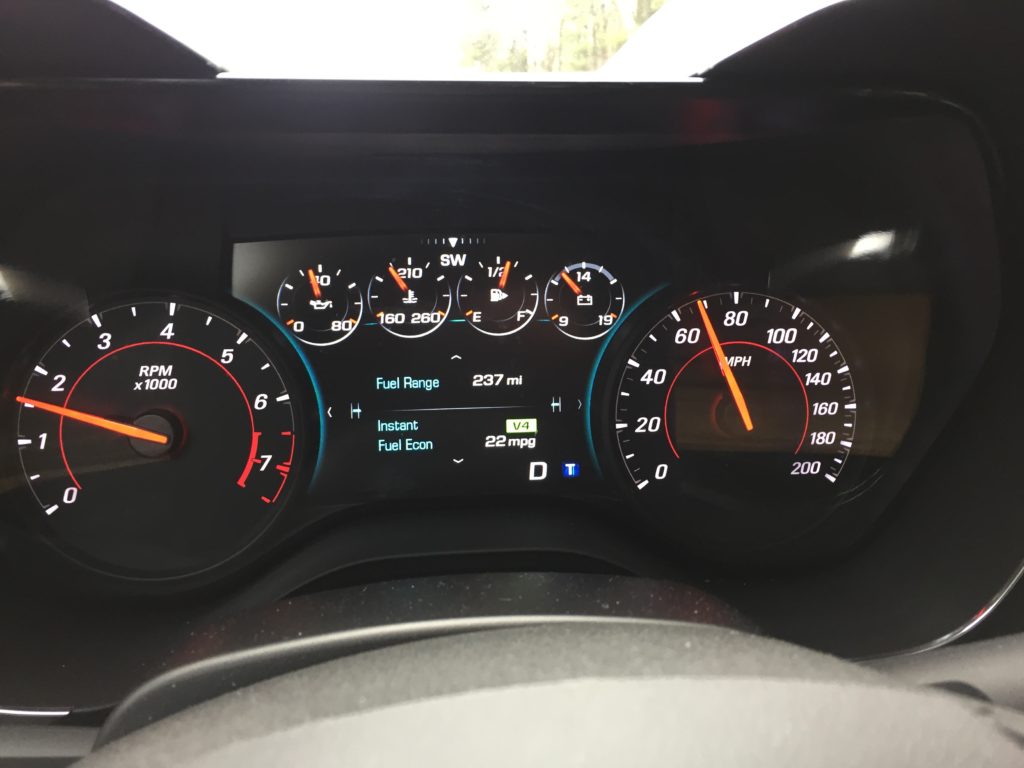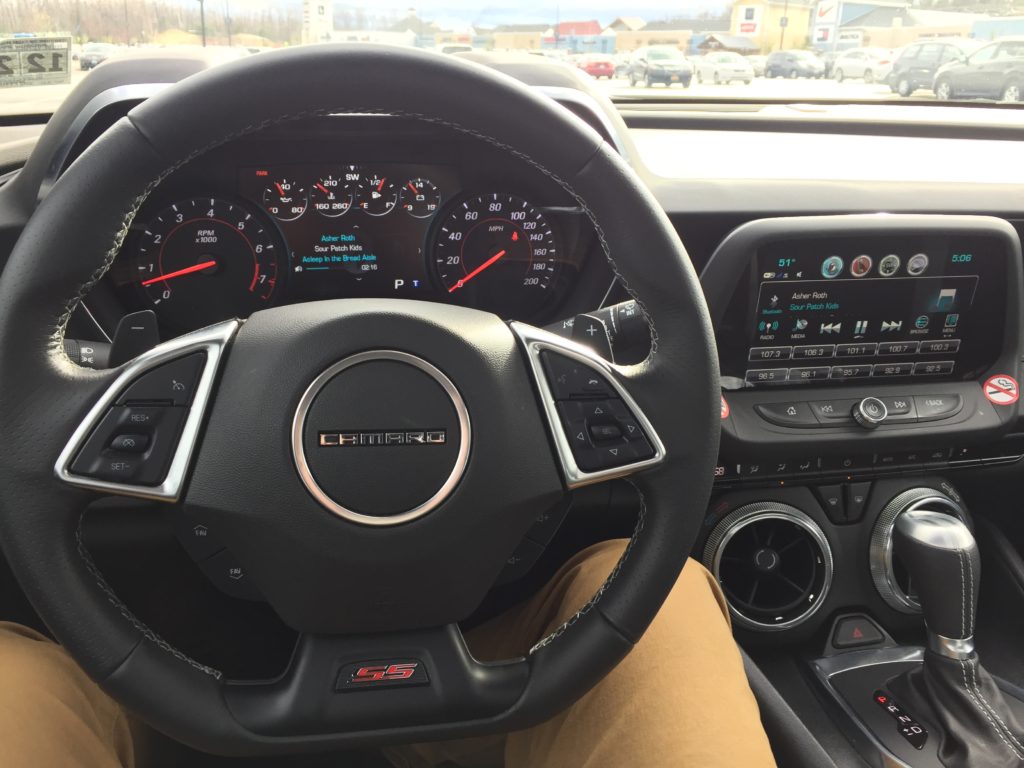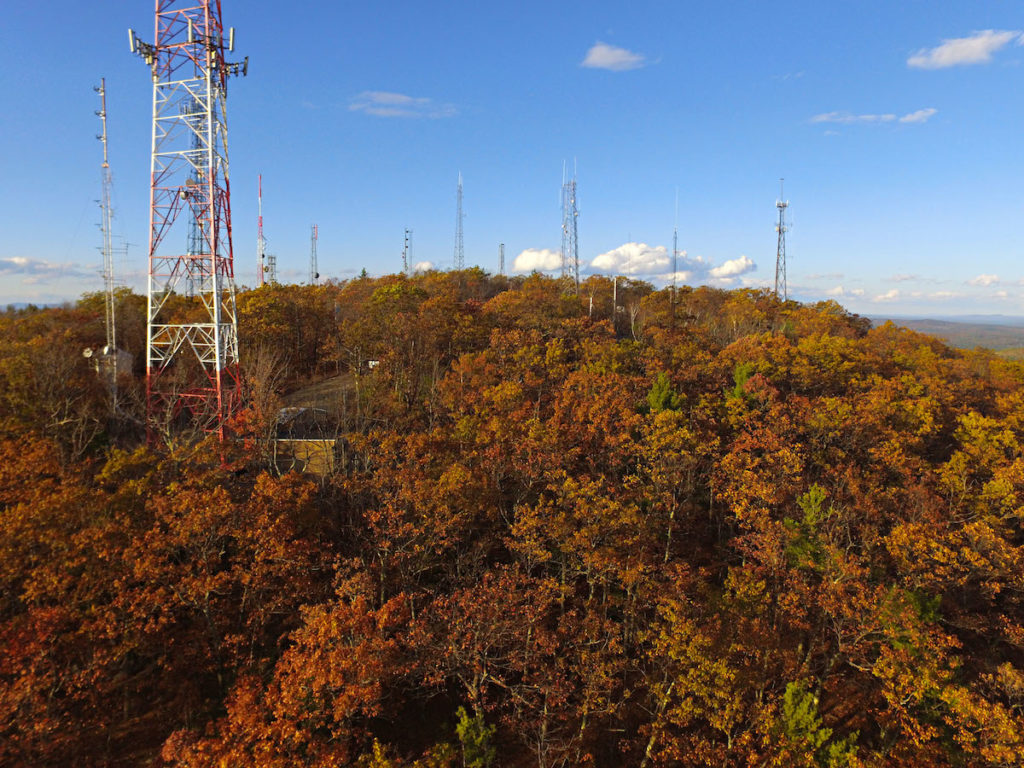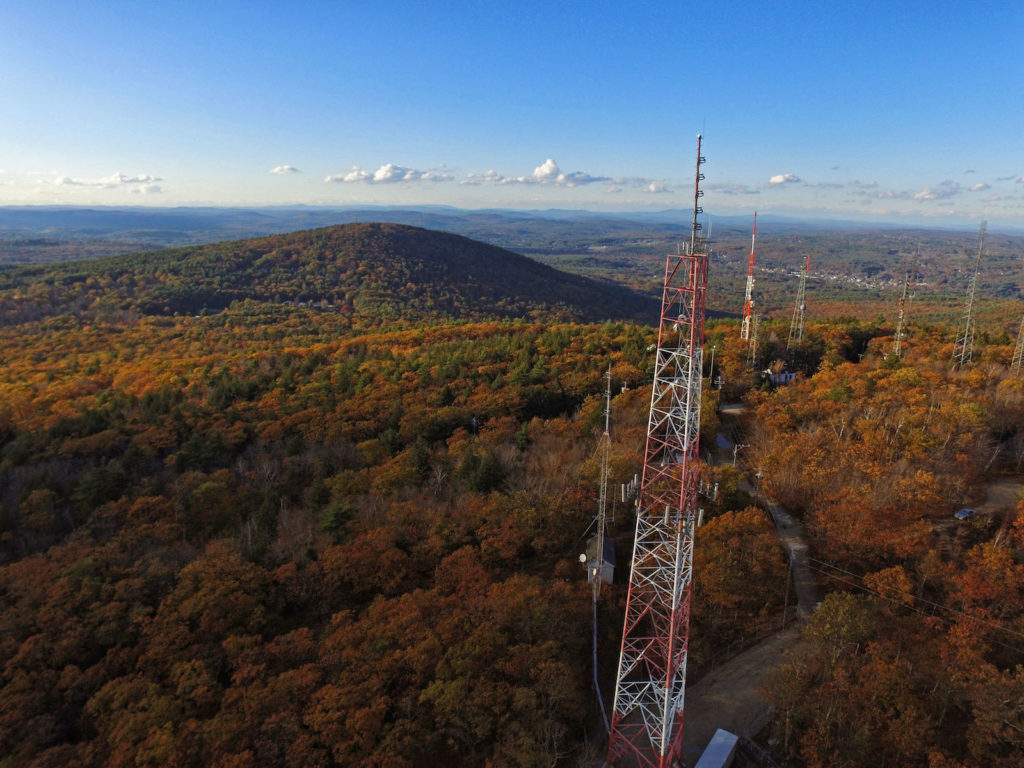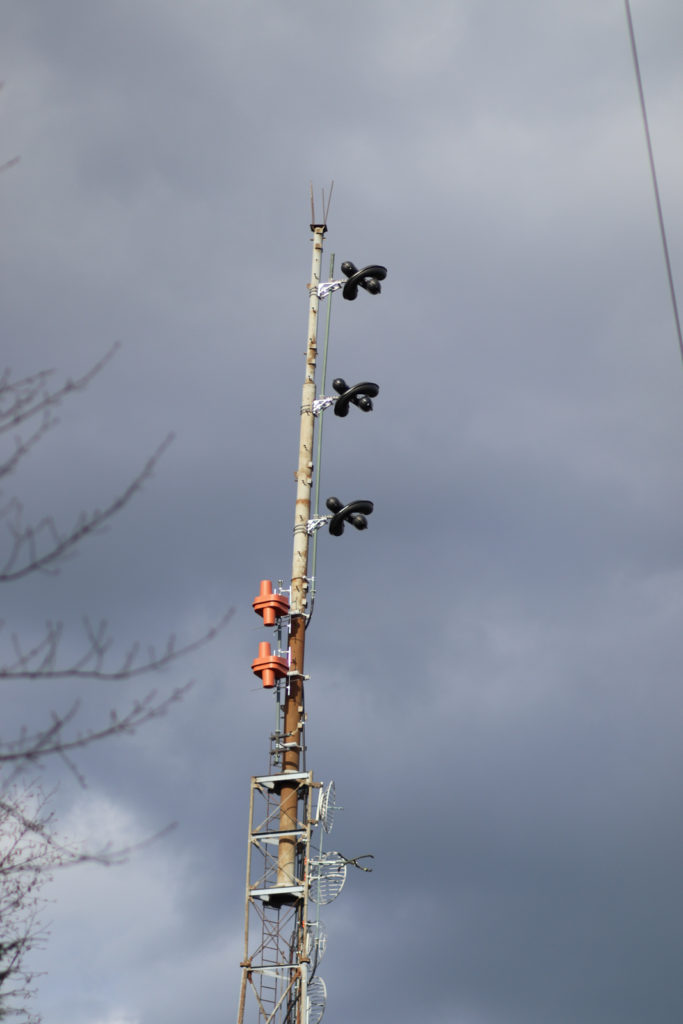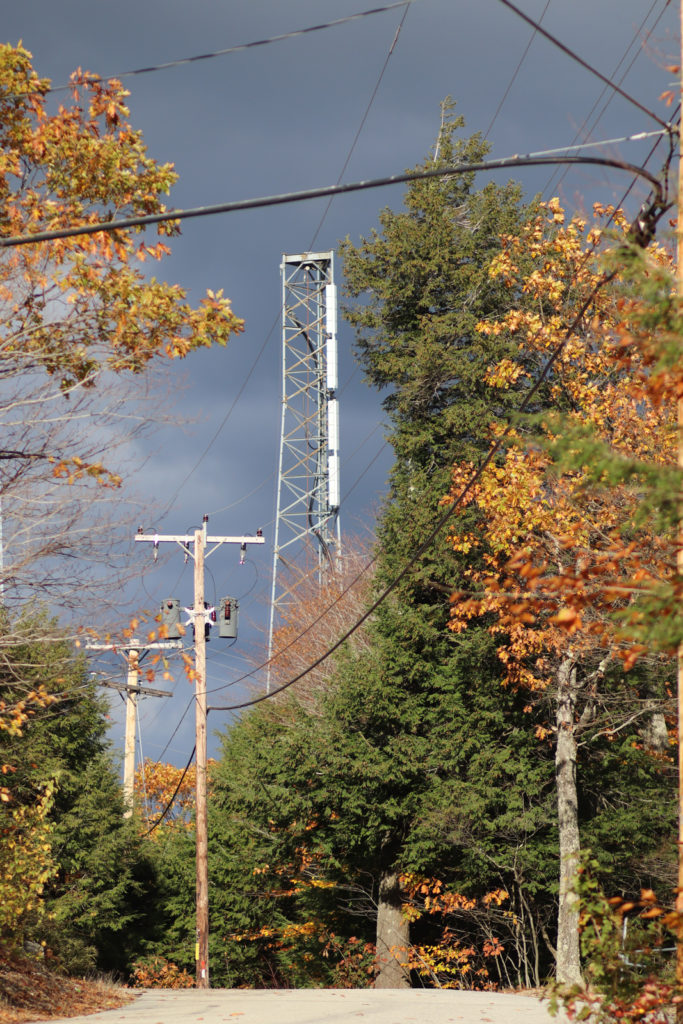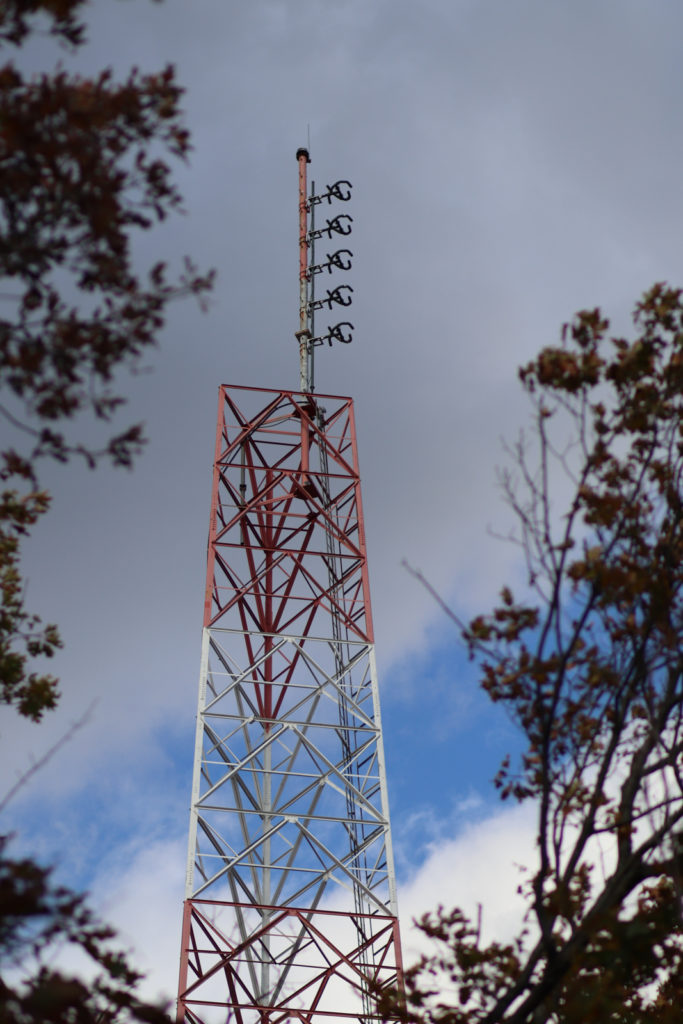This week we are in Ocean City, Maryland, and picked up some donuts from a popular local place, The Fractured Prune. Their donut box is extraordinarily bizarre:
We had a discussion (including abundant use of “WTF”) about this, including why you would name a donut place after a prune, what it even means to “fracture” a prune, and why their mascot needed to be so creepy. (Also, the curious misuse of quotes around “EM”)
The Washington City Paper answered most of our questions in a hilarious post, explaining the explanation given by Tom Parshall, owner:
Back in the late 1800’s a woman named Prunella Shriek had owned much of the land in that area. Tom didn’t think too much about it until one day he was browsing through the Baltimore Library and came across a book titled Ocean City Love. As he looked through it, he was thrilled to see Prunella Shriek’s name with a paragraph devoted to her.
Even though she was in her seventies, she was the only woman who competed with men in traditionally men’s sports such as ice skating races & skiing competitions. She was an excellent tennis player, and was county ping-pong champion circa 1895. Being older and somewhat brittle, she often returned from some of the more vigorous competitions in a wheel chair or on crutches. Thus the townspeople began lovingly to refer to her as “Fractured Prunella.” When Tom read this, a voice in his head said, “Hello”, he would name his enterprise after this wonderful & spunky old lady, and call it “The Fractured Prune®.”
The author, Tim Carman, is seemingly the only person on the Internet to have not accepted this as truth on its face, and he did what any good journalist ought to:
I decided to call up the current owner, Sandy Tylor, and find out whether the story was fact or just marketing BS. “That’s what was told to me when I purchased it,” says Tylor, who bought the small-but-delicious doughnut chain in 1994 with her daughter and son-in-law. “That’s what I tell people.”
Denver’s 5280 cites their marketing story uncritically, as does Penn Live. Las Vegas Eater does it too, and of course Fox didn’t fact check it. Nor does the Baltimore Sun. I’ve got about a dozen more tabs reporting the same story and have lost interest in citing any further examples.
Why so many tabs? Because I was trying to find any evidence that a person named Prunella Shriek existed.
Ancestry.com has no matches:
(The date of birth is a crude guess based on the fact that she was described as being in her 70s in the late 1800s.) Contemporary white-page sort of searches don’t support there being anyone with the surname “Shriek” in Ocean City.
What about Ocean City Love, the book Tom Parshall cites for where he learned about Prunella and her penchant for sporting injuries? Baltimore Public Library doesn’t seem to have any such title in its collections, and I can’t find any evidence of its existence in the Library of Congress.
So I agree with Gretchen Kurtz’s review in Westword, that their donuts are good, even if the name “sounds more like a joke than anything else.” I’m fairly confident that Prunella Shriek never existed.


